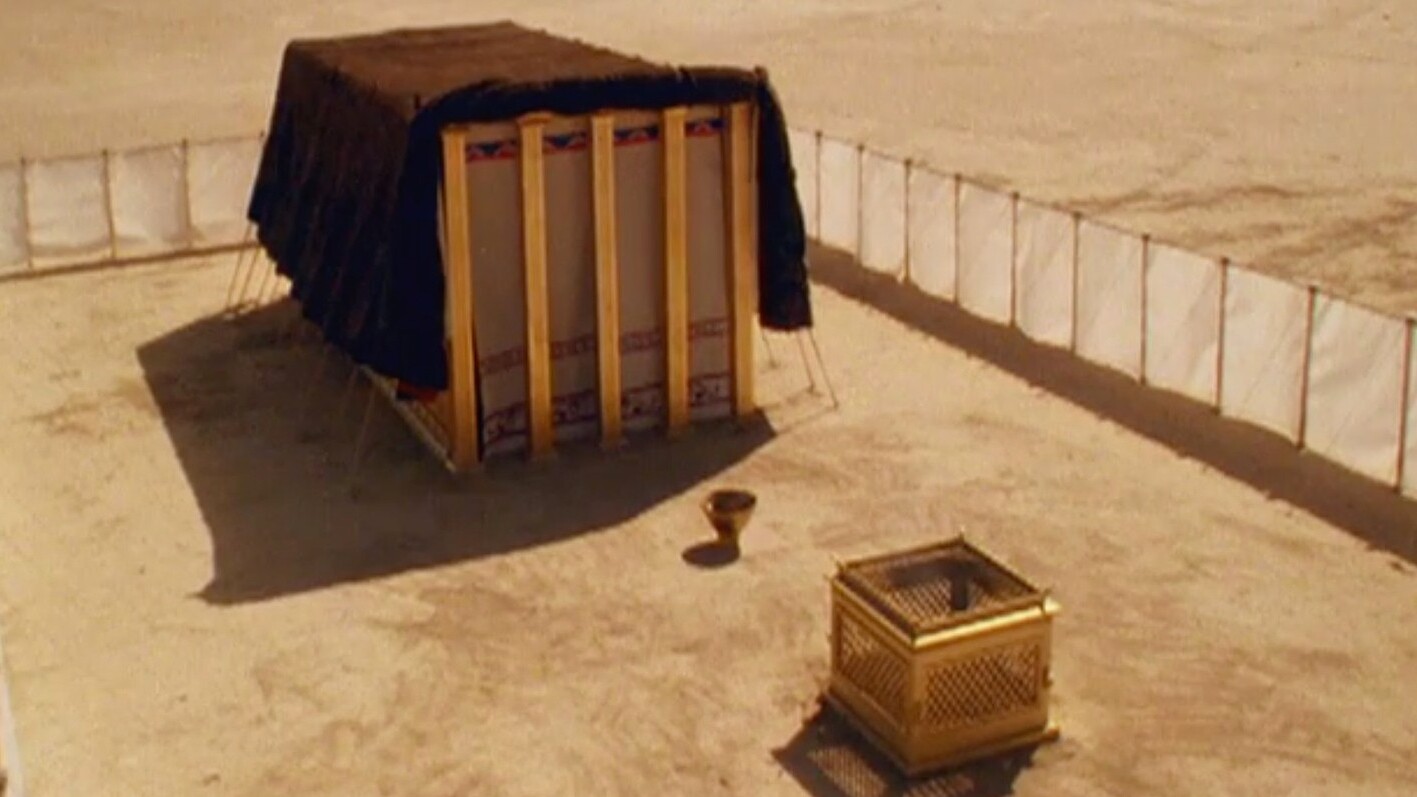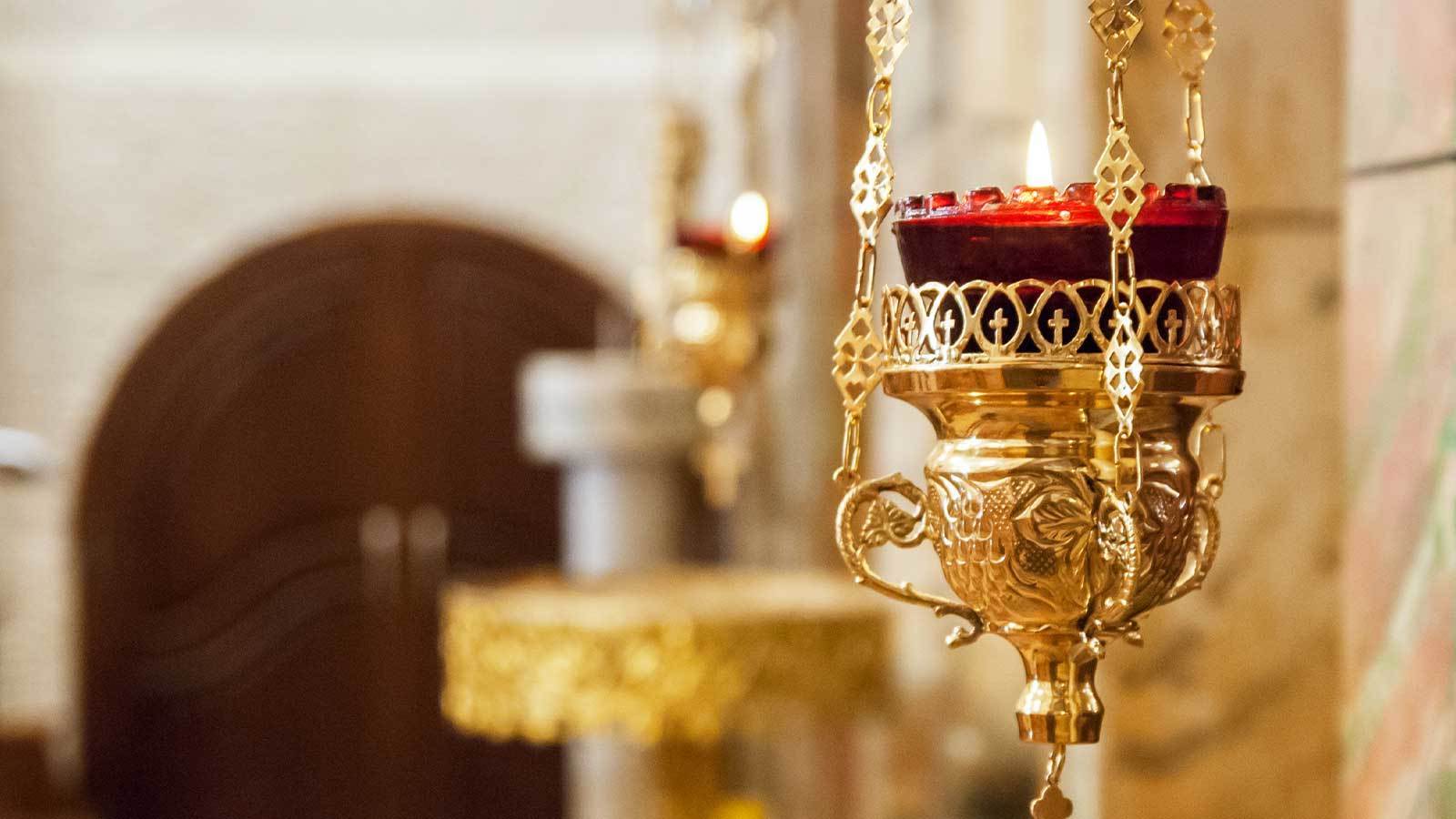
What was the Tabernacle? The Tabernacle, also called the Tent of Meeting, was a portable sanctuary used by the Israelites during their wilderness journey. It served as a central place for worship and housed the Ark of the Covenant, which contained the Ten Commandments. Constructed under Moses' supervision with the help of skilled craftsmen like Bezalel and Oholiab, the Tabernacle was made from durable acacia wood and precious materials. Its design included three main sections: the outer court, the holy place, and the most holy place. This sacred structure symbolized God's presence among the Israelites and played a crucial role in their religious life.
What Was the Purpose of the Tabernacle?
The Tabernacle, also known as the Tent of Meeting, was a central part of the Israelites' religious life during their wilderness wanderings. It served as a portable sanctuary where they could meet with God.
- Purpose: Designed to house the Ark of the Covenant, which contained the Ten Commandments, and to serve as a place for the Israelites to meet with God.
How Was the Tabernacle Constructed?
The construction of the Tabernacle was a meticulous process, guided by divine instructions and executed by skilled craftsmen.
-
Construction: Built under Moses' supervision with help from skilled craftsmen, including Bezalel and Oholiab (Exodus 31:1-11).
-
Materials: Made from durable acacia wood, overlaid with gold, and adorned with other precious materials (Exodus 25:10-22).
-
Dimensions: Approximately 45 feet long, 15 feet wide, and 15 feet high (Exodus 26:16-17).
What Was the Layout of the Tabernacle?
The Tabernacle had a specific layout, divided into three main sections, each with its own purpose and significance.
-
Layout: Consisted of the outer court, the holy place, and the most holy place (Exodus 26:33-37).
-
Outer Court: A large area for worship and sacrifices, surrounded by a curtain made of blue, purple, and scarlet yarns with cherubim embroidered on it (Exodus 27:9-19).
-
Holy Place: The inner sanctum where priests performed their duties, containing the golden altar of incense and the table of showbread (Exodus 25:23-30).
-
Most Holy Place: The innermost chamber housing the Ark of the Covenant, separated from the holy place by a veil (Exodus 26:31-33).
What Was Inside the Tabernacle?
The Tabernacle housed several sacred objects, each with its own significance and purpose.
-
Ark of the Covenant: A chest made of acacia wood, overlaid with gold, containing the Ten Commandments (Exodus 25:10-22).
-
Mercy Seat: A solid gold lid on top of the Ark, representing God's throne, where the high priest would sprinkle blood during the Day of Atonement (Exodus 25:17-22).
-
Veil: A curtain made of blue, purple, and scarlet yarns with cherubim embroidered on it, separating the holy place from the most holy place (Exodus 26:31-33).
-
Curtains: Surrounding the Tabernacle, made of the same materials as the veil and embroidered with cherubim (Exodus 26:1-14).
-
Pillars: Made of acacia wood and overlaid with gold, supporting the Tabernacle (Exodus 26:15-30).
-
Wheels: Bronze wheels with rings to attach the pillars, facilitating transport (Exodus 27:9-19).
-
Bullion: 120 talents of gold used to cover the Tabernacle (Exodus 25:3).
Who Built the Tabernacle?
The construction of the Tabernacle required great skill and dedication, with specific individuals chosen for their craftsmanship.
-
Skillful Craftsmen: Bezalel and Oholiab were among the most skilled craftsmen involved (Exodus 31:1-11).
-
Divine Instructions: The design and construction were divinely instructed by God through Moses (Exodus 25:1-9).
How Was the Tabernacle Transported?
Designed for portability, the Tabernacle could be easily assembled, disassembled, and transported by the Israelites during their wanderings.
-
Portability: Designed to be portable for easy transport (Exodus 26:1-14).
-
Assembly and Disassembly: Easily assembled and disassembled, with poles and rings facilitating the process (Exodus 26:15-30).
-
Transportation: Transported by the Levites, responsible for carrying the sacred objects and furnishings (Numbers 3:6-10).
What Were the Rituals and Duties in the Tabernacle?
Various rituals and duties were performed within the Tabernacle, each with its own significance and purpose.
-
Set Up and Takedown: Involved specific rituals, including offering sacrifices and sprinkling blood (Leviticus 8:1-36).
-
Priestly Duties: Priests performed various duties, including offering sacrifices and maintaining sacred objects (Leviticus 8:1-36).
-
High Priest: Responsible for entering the most holy place to perform specific rituals, such as sprinkling blood on the mercy seat (Leviticus 16:1-34).
-
Day of Atonement: A significant ritual where the high priest would enter the most holy place to make atonement for the people's sins (Leviticus 16:1-34).
What Were the Sacrifices and Offerings?
Sacrifices and offerings were a central part of the worship rituals within the Tabernacle.
-
Sacrifices: Included burnt offerings, peace offerings, and sin offerings (Leviticus 1-7).
-
Incense: The golden altar of incense was used to burn incense, an essential part of daily worship rituals (Exodus 25:23-30).
-
Showbread: The table of showbread displayed twelve loaves of bread, representing the twelve tribes of Israel (Exodus 25:23-30).
-
Candles: The golden lampstand, or menorah, held seven lamps, representing the seven days of the week (Exodus 25:31-40).
What Were the Priestly Garments?
Priests wore specific garments while performing their duties, each with its own significance.
-
Priestly Garments: Included the ephod, breastplate, and robe (Exodus 28:1-30).
-
Ephod: A garment worn by the high priest, containing the Urim and Thummim for divination (Exodus 28:15-30).
-
Breastplate: Worn by the high priest, containing the names of the twelve tribes of Israel (Exodus 28:15-30).
-
Robe: A simple garment worn by priests, symbolizing their role in the Tabernacle (Exodus 28:31-35).
What Were the Urim and Thummim?
The Urim and Thummim were stones used by the high priest to determine God's will.
-
Urim and Thummim: Stones used for divination (Exodus 28:30).
-
Divination: Helped priests make decisions in uncertain situations (Numbers 27:21).
What Was the Significance of the Tabernacle's Elements?
Each element of the Tabernacle had its own significance, symbolizing various aspects of God's presence and relationship with the Israelites.
-
Ark's Significance: Symbolized God's presence and power among the Israelites (Exodus 25:10-22).
-
Mercy Seat's Significance: Represented God's throne, where the high priest would sprinkle blood during the Day of Atonement (Exodus 25:17-22).
-
Veil's Significance: Symbolized the separation between God and humanity (Exodus 26:31-33).
-
Curtains' Significance: Symbolized the divine presence and separation from the world (Exodus 26:1-14).
-
Pillars' Significance: Symbolized strength and stability in the midst of uncertainty (Exodus 26:15-30).
-
Wheels' Significance: Symbolized movement and portability, reflecting the Israelites' journey through the wilderness (Exodus 27:9-19).
-
Bullion's Significance: Symbolized wealth and value, reflecting God's richness and generosity (Exodus 25:3).
What Was the Role of the Craftsmen?
The craftsmen involved in the construction of the Tabernacle demonstrated their faith and dedication to God's instructions.
-
Skillful Craftsmen's Role: Demonstrated their faith and dedication to God's instructions (Exodus 31:1-11).
-
Divine Instructions' Importance: Highlighted God's meticulous attention to detail and desire for perfection (Exodus 25:1-9).
Why Was the Tabernacle Portable?
The portability of the Tabernacle was practical for the Israelites, allowing them to easily transport it during their wanderings.
-
Portability's Practicality: Allowed easy transport during their wanderings (Exodus 26:1-14).
-
Assembly and Disassembly's Ritual: Required specific procedures to maintain its sanctity (Exodus 26:15-30).
Who Transported the Tabernacle?
The Levites were responsible for transporting the Tabernacle, demonstrating their role as guardians of the sacred objects.
-
Transportation by Levites: Demonstrated their role as guardians of the sacred objects (Numbers 3:6-10).
-
Set Up and Takedown Rituals: Involved specific sacrifices and rituals to ensure proper functioning (Leviticus 8:1-36).
What Was the Importance of Priestly Duties?
The priestly duties within the Tabernacle were crucial for maintaining the sanctity and functionality of the sanctuary.
-
Priestly Duties' Importance: Crucial for maintaining the sanctity and functionality of the sanctuary (Leviticus 8:1-36).
-
High Priest's Role: Central role in the Tabernacle, responsible for entering the most holy place to perform specific rituals (Leviticus 16:1-34).
What Is the Legacy of the Tabernacle?
The Tabernacle served as a model for later temples and sanctuaries, including the Temple in Jerusalem, and continues to symbolize God's presence and relationship with humanity.
- Legacy of the Tabernacle: Served as a model for later temples and sanctuaries, including the Temple in Jerusalem, and continues to symbolize God's presence and relationship with humanity (2 Chronicles 3:1-14).
The Legacy of the Tabernacle
The Tabernacle wasn't just a tent; it was a powerful symbol of God's presence among the Israelites. From its intricate design to the rituals performed within, every detail reflected divine instructions and meticulous craftsmanship. The Ark of the Covenant, mercy seat, and veil all held deep significance, representing the connection between God and humanity. The priests' duties and the Day of Atonement highlighted the importance of atonement and sacrifice in maintaining this relationship. Even its portability underscored the idea that God's presence could move with His people. The Tabernacle set the stage for future temples and continues to influence religious traditions today. Its legacy reminds us of the enduring relationship between the divine and humanity, a connection that has shaped faith and worship for generations.
Was this page helpful?
Our commitment to delivering trustworthy and engaging content is at the heart of what we do. Each fact on our site is contributed by real users like you, bringing a wealth of diverse insights and information. To ensure the highest standards of accuracy and reliability, our dedicated editors meticulously review each submission. This process guarantees that the facts we share are not only fascinating but also credible. Trust in our commitment to quality and authenticity as you explore and learn with us.


